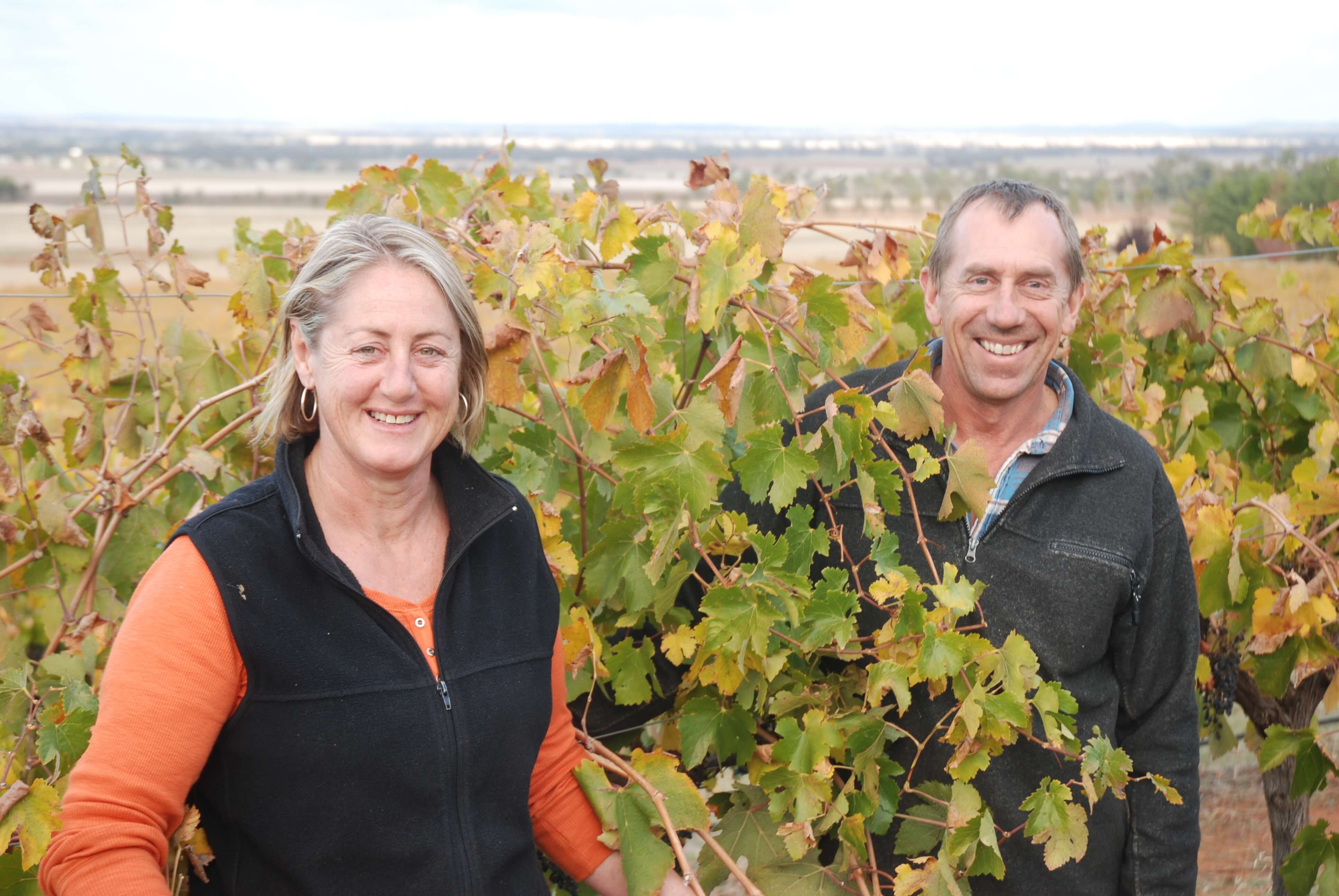Our Story
In 1997, with some fruit left over from contract, Ian decided to try his hand at winemaking. Buoyed by positive feedback from his 11 bottle yield, in 1999 he increased production to 70 dozen to share with friends and family.
In 2001, a knowledgeable wine retailer tasted the Shiraz and encouraged Ian and Lynn to enter the retail market. Before the labels were even printed wine writer Max Allen dropped by and included Whistling Eagle Vineyard in a Gourmet Traveller WINE article. Suddenly, Ian’s hobby was getting serious and it was time to enlist some help and move out of the machinery shed and in 2004 the cellar and winery were built. Production was doubled in 2005 following positive reviews both domestically and in overseas.
In 2008 the Rathjen’s dedication to meticulous viticultural practices which understand the Terrior of the district were recognised through The Royal Agricultural Society of Victoria & Weekly Times, Farm Business Awards 2008, Horticulture Producer of the Year Award.
The Rathjens realise that to produce extraordinary wines, yields must be kept low and the vines be in balance with the environment. Ian and his wife Lynn, children Trish and Scott are obsessed with producing extraordinary shiraz; although modest in manner, the approach to wine making is uncompromising.


